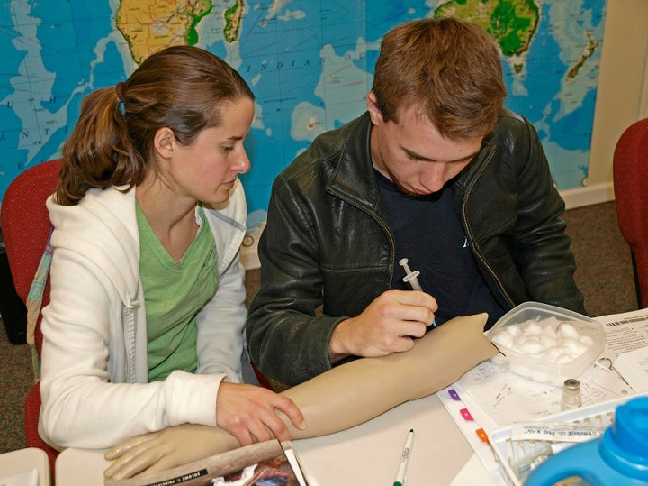"I am carried on the
shoulders of
those who cannot see the
landscape I describe,
I owe them, more than
my weight."
- unknown
Thank
you, all you wonderful generous donors, who are supporting me as I do the will
God has led me to do. I am certain in this. As His peace rests upon my heart
for this life I am called to, and as He opens doors and closes others, He leads
me on. I cannot thank you all enough, God Bless You!
“God
is faithful, by whom you were called into the fellowship of His Son, Jesus
Christ our Lord” – 1 Corinthians 1:9
In,
Christ
David
Greene





